When a WhatsApp message flashed up on Renu Oli’s phone offering free millet seeds from the government, her first thought was not the terraced fields near her home that lay empty. Like most people in her village in the Indian Himalayas, Oli has largely abandoned crop farming. Instead, she thought, the seeds might do as fodder for her cow, Radha.
A short distance up the mountainside, Bimla Joshi was looking at the same message with scarcely more enthusiasm. She might plant the free seeds, she thought, but with little confidence they would yield much of a crop. The ground was still dry after an unusually hot summer and the monsoon rains were late. Even if the millet did start to grow, she would not be able to protect it from the wild boar, monkeys and deer that were increasingly encroaching on her land.
Such handouts might once have been cause for celebration in this cluster of villages in the north Indian state of Uttarakhand, where the land has always been fertile. Millet, a nutrient-rich cereal, once grew in abundance here, and is now being promoted by the Indian government for its drought-resistant qualities. But those who live here say farming has become a struggle as temperatures have risen and rainfall has become less predictable. So much so that most of the men who once farmed here have left to seek seasonal or permanent work in the cities.
The women left behind try to grow what they can. But in recent years, a new challenge has emerged in the form of animals invading their fields and eating their crops – a consequence of deforestation, changing rainfall and warming temperatures that are destroying the animals’ habitat, say local farmers and experts.
“The moment the crops are ready for harvest, the wild boars come here and eat them,” says Joshi. “They do so much damage that the crops can’t be used even as fodder. Even the cows won’t eat what is left. So people have stopped sowing millet crops. They leave the fields bare.”
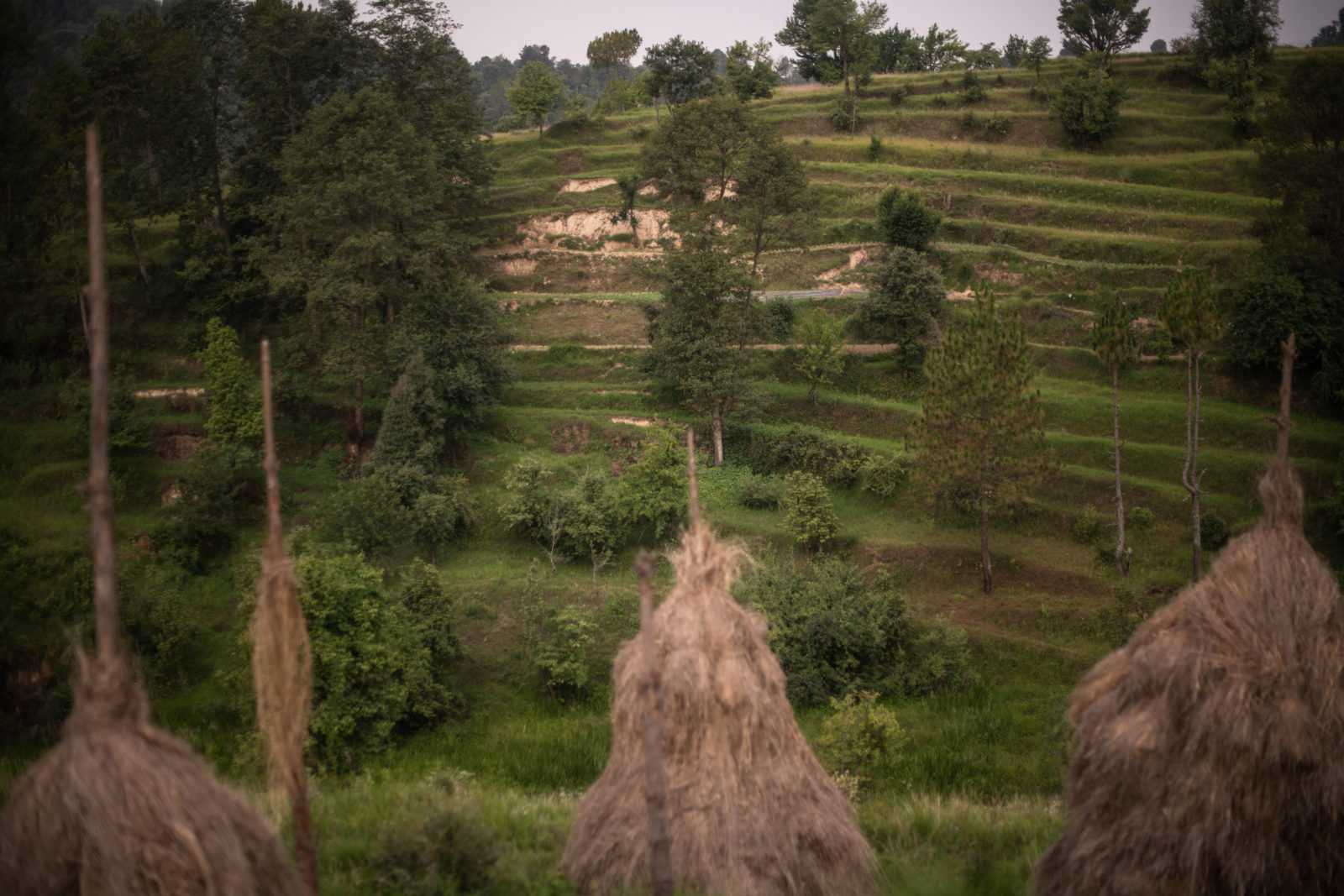
Millet cultivation has taken off in India since the government began promoting the cereal in 2018, with state governments launching awareness campaigns and providing subsidies to farmers. India now grows 80% of Asia’s millet crop and 20% of the world’s, while exports have risen from $24 million in 2017 to $27 million in 2021. Farmers in hilly, drought-hit or remote areas of India who had been struggling to make a living have been able to move into profit by switching to millet, a move that requires little investment.
Such has been India’s success that the United Nations has designated 2023 the international year of millets, citing the grains’ untapped potential to address climate change and food security in other countries.
But the policy is struggling in the Himalayas – the very place it might have been expected to succeed. Millet was widely grown in Uttarakhand, but was largely replaced by high-yield rice and wheat crops from the 1960s, when India introduced its green revolution to boost agricultural production and become more self-sufficient. Although the high-yield crops achieved that aim, they proved less resilient to climate change than indigenous plants such as millet, which require far less water to grow.
Human-animal conflict rising
Uttarakhand’s story shows how blanket climate solutions are often doomed to fail – a phenomenon seen across the world. In Hawaii, sea walls built to stem coastal erosion in one place not only failed to do so, but also caused more damage in other places.
In Odisha on India’s east coast, authorities promoted aquaculture after rising sea levels made farming on land less viable, a program that had proved successful in Bangladesh. But women farmers were excluded because the new industry meant traveling far from their homes, and the program also failed to account for their clothing being more likely to become caught in the heavy machinery. Abi Vanak, an ecologist at Indian research institute ATREE, says climate solutions must be tailored, factoring local conditions, if they are to succeed. “Even within the same region, the problem will vary from valley to valley, depending on the local circumstances there. So those will have to be understood and studied and a more nuanced approach will have to be provided for that,” he says.
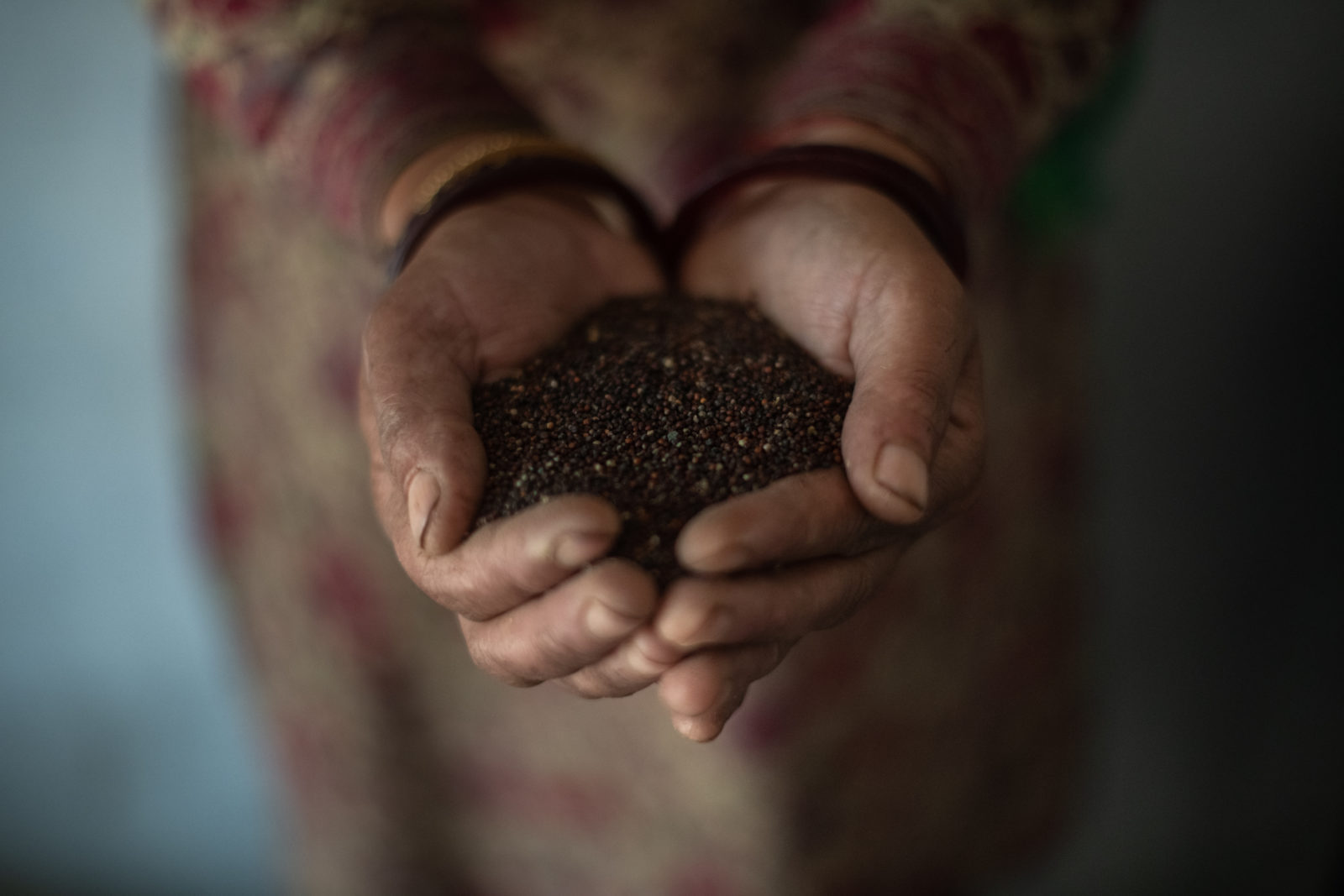
Human-animal conflict is rising across the Himalayas as temperatures warm and plants and animals enter new areas, says Kesang Wangchuk, a biodiversity specialist at the International Centre for Integrated Mountain Development (ICIMOD), an intergovernmental research institution focused on the Hindu Kush and Himalayan region. In Bhutan, electric fencing has helped protect crops. But it’s an unwieldy solution for the higgledy-piggledy terraces of Champawat, the administrative district where Oli and Joshi both live, and resources there are more limited. District magistrate Narendra Singh Bhandari says the local government has been putting up fences, but at a rate of two to four villages per district per year – and there are more than 700 villages in Champawat alone.
Neither India’s agriculture department nor the state government of Uttarakhand responded to requests for comment on the problems.
Feminization of farming
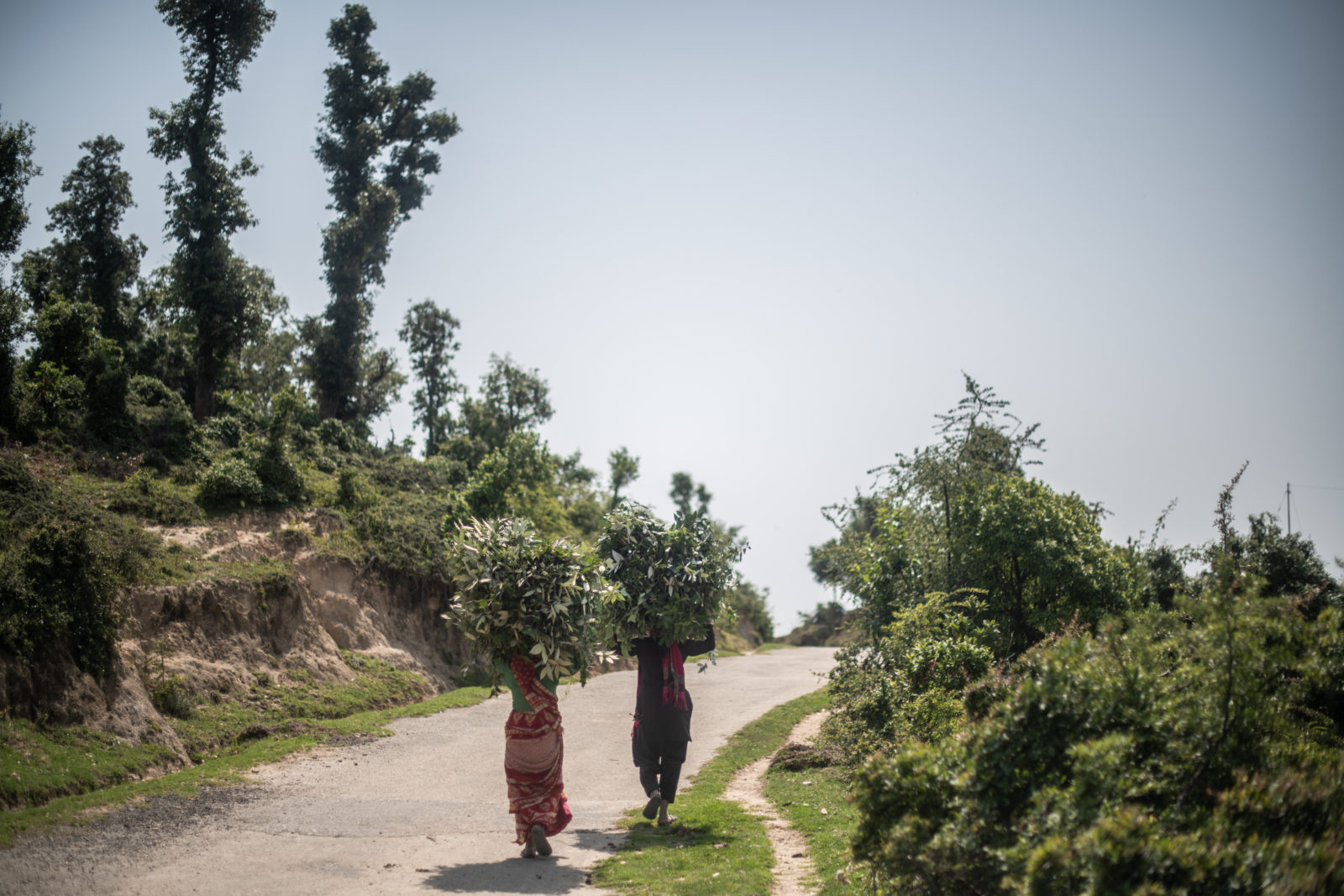
The latest challenges come after nearly two generations of outmigration due to the impact of climate change on local farming, coupled with a lack of employment alternatives. Regional infrastructure is weak and there are few local job opportunities, so most men leave for seasonal or even permanent work elsewhere, a phenomenon that has led to the feminization of agriculture. Data from the 2011 census shows 64% of women in Uttarakhand identified themselves as cultivators, compared with 29% of men. Migration from the state is so severe that there are 734 ‘ghost villages’ that are now completely abandoned.
The view from Tyarso, a village in Champawat perched on a hill, is of once dense forest that has thinned over the years as trees have been chopped down for firewood. Local resident Mamta Mahara, 40, is part of a women-led initiative to protect the forest by organizing groups of women to stand guard and ensure outsiders do not chop down trees for wood. They also advise local women on how to take wood without killing the tree, by taking only smaller branches at the bottom. “The forests are being cut down, where else will the animals go?” she says. “That is why they are coming to our fields. So we are trying to save our forests.”
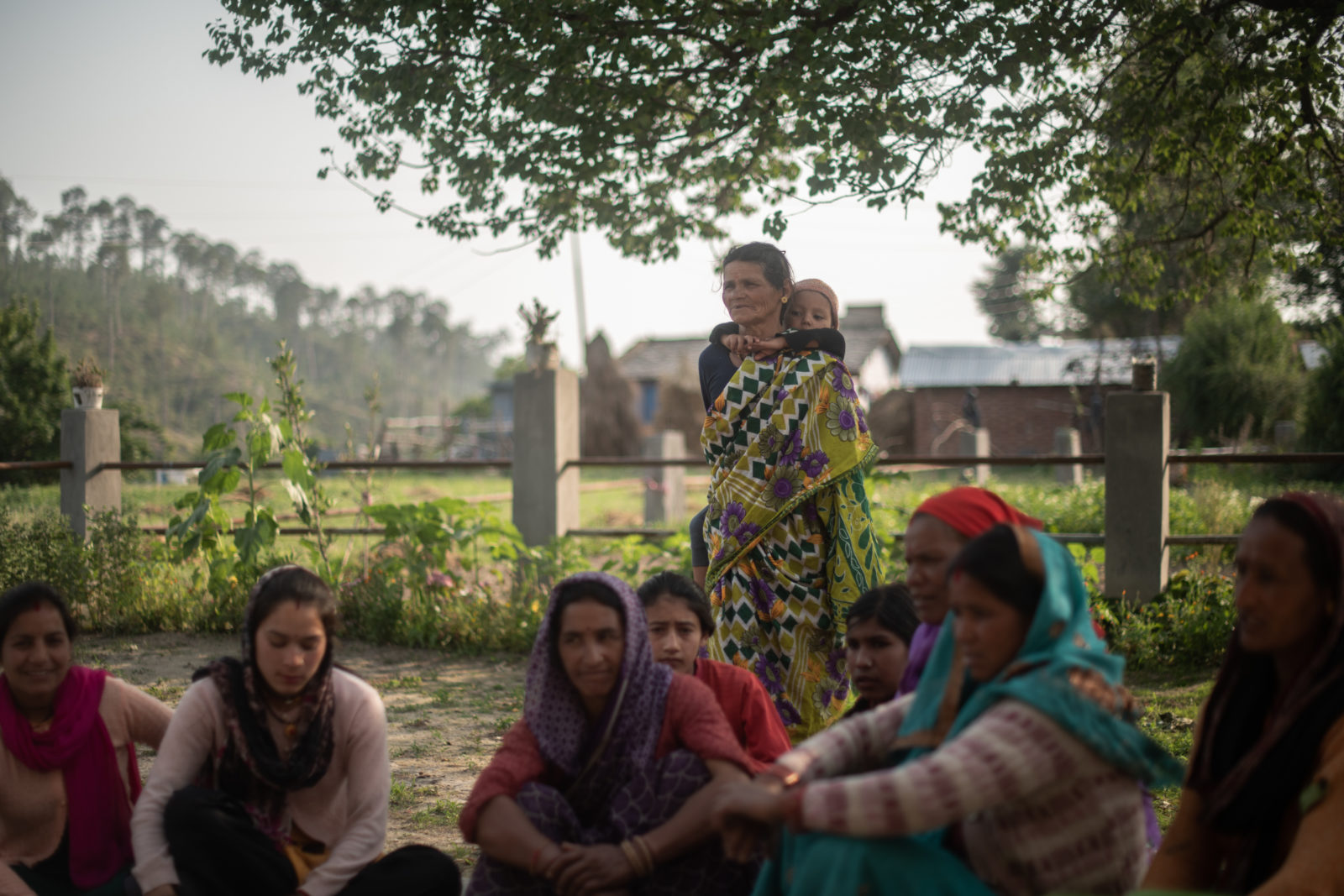
But in the villages of Champawat, the campaign’s effectiveness is limited. Desperate for firewood, villagers resort to cutting trees around neighboring villages, even as they try to protect those closer to home. Most households use firewood for cooking rather than gas cylinders, which are expensive and heavy to carry. So on top of cooking, cleaning and caring for children and the elderly, local women make frequent trips to the forest to fetch firewood.
Farming here is labor intensive and done mostly by hand using sickles and spades. Few families own buffaloes or have the resources to hire one to till the land with a plow, so the women use shovels instead. Although most homes have piped water, this runs dry in the summer months, so the women have to fetch and carry water from local wells when the heat is at its peak. Local community health worker Ganga Oli says weakness, exhaustion, back, joint and stomach pains are common.
For women like Geeta Vishwakarma, a mother of two who moved to the small village of Narsingh Danda in Champawat 12 years ago as a teenage bride, life is particularly challenging. Like most in her village, she belongs to India’s Scheduled Castes, the lowest rung on the country’s caste hierarchy. Although caste discrimination has been outlawed for decades, it remains rife, particularly in rural India and men from Vishwakarma’s community find it particularly hard to get paying jobs elsewhere.
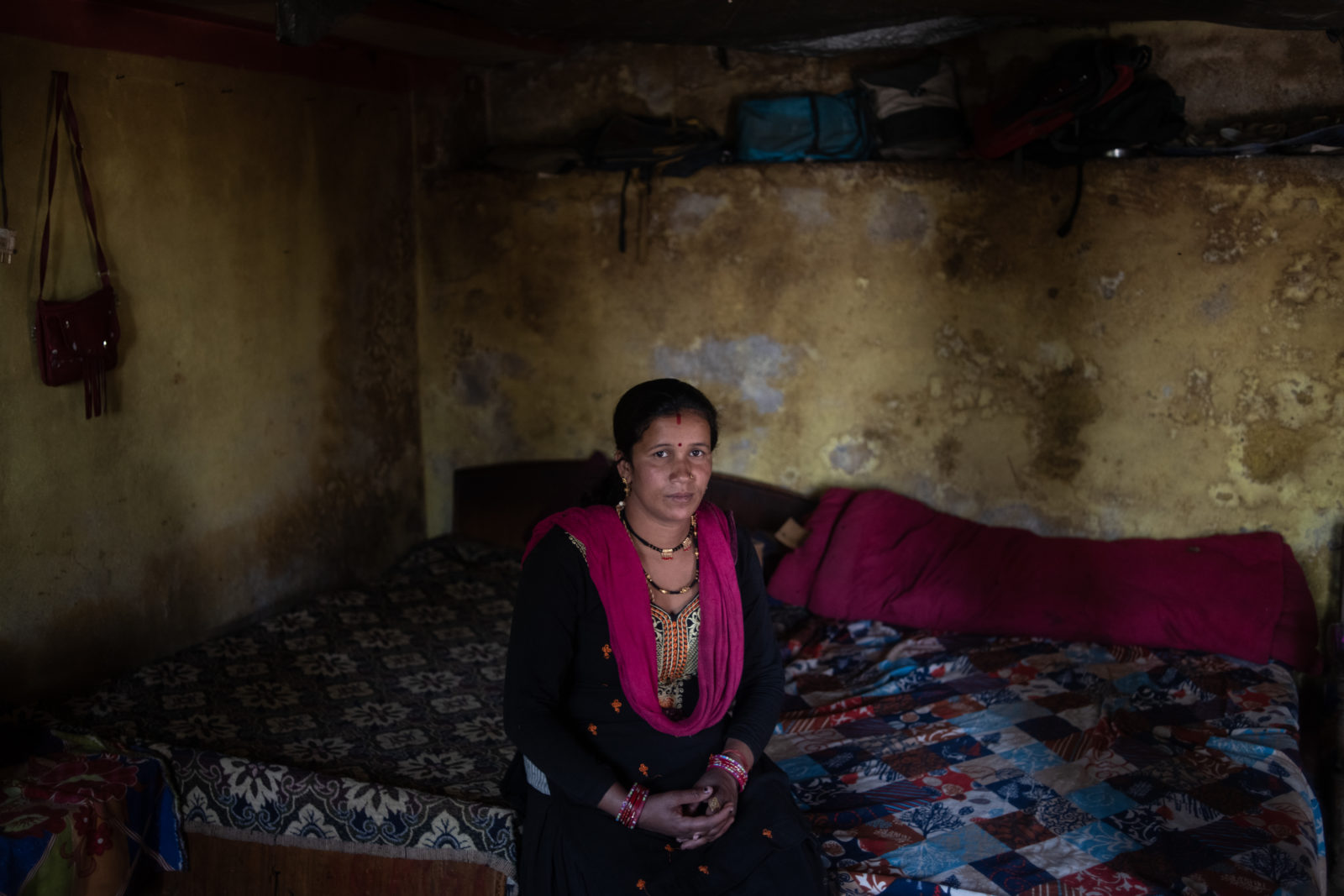
Scientists are clear that climate change will exacerbate existing inequities, and women like Vishwakarma are being hit particularly hard. Her husband labors on construction sites or other people’s farms, taking what work he can get for a daily wage and returning home at night. She has tried growing millet and says it survives dry weather, but not the wild boar. With little money coming in from farming, she is considering following in his footsteps and seeking work as a laborer.
“We get by as best we can with the money we get from my husband’s work, the vegetables we grow and the milk from our cows,” she says. “People from the agriculture department have come by to tell us to grow more millet, they say there is a lot of demand for it. When we tell them about the wild boar attacks they assure us that they will help. But then nothing happens.”


 Disha Shetty
Disha Shetty